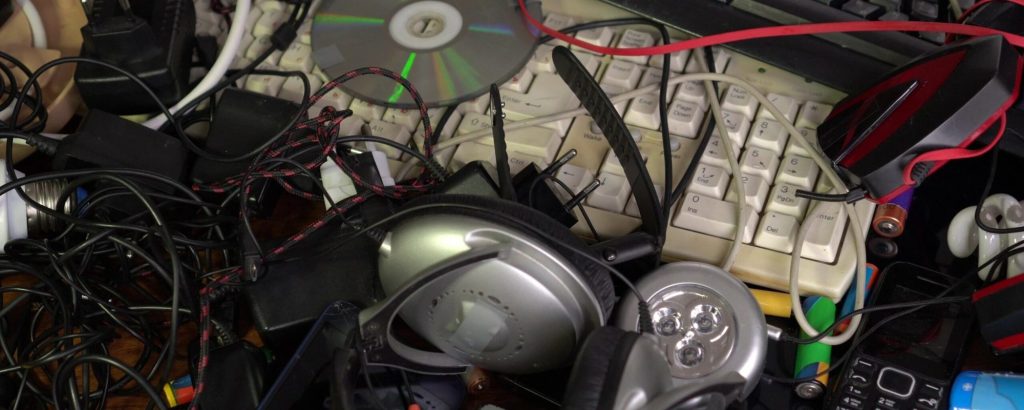The phase of analysis of the impacts of obsolescence is fundamental. It is very useful to have quantified information on the company’s state of health in the event of substance obsolescence, production stoppage, embargo… These potential risks can have a significant impact on production processes, suppliers, customers, turnover and finished products. When the extent of the risk of obsolescence is defined and impacts are identified, it is necessary to establish action plans (preventive or curative). All management data (planning, stakeholders, operations, step monitoring) are grouped into a single repository and structured using modular tools (GANTT diagram, decision trees, workflow…). When a project is completed, the results are analyzed using trend curves and statistics. In addition, it is important to consider the treatment of obsolete materials and equipment, particularly in terms of recycling, reuse, etc.
